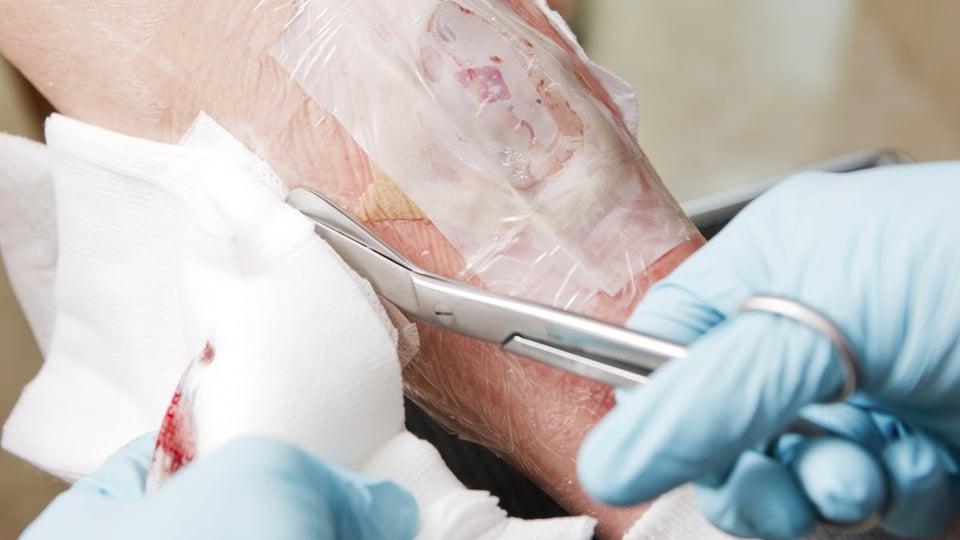Wound Composition and Assessment
Dana Davis, PT, DPT, CWS
Includes all course content in digital format
Prerequisites Required
Description
"Chronic wounds are those that do not progress through a normal, orderly, and timely sequence of repair. They are common and are often incorrectly treated. The morbidity and associated costs of chronic wounds highlight the need to implement wound prevention and treatment guidelines."
Bowers S, Franco E. Chronic Wounds: Evaluation and Management. Am Fam Physician. 2020 Feb 1;101 (3):159-166. PMID: 32003952.
This course is aimed at helping the therapist in clinically evaluating and documenting the chronic wound. To improve recognition of different tissue composition, appropriate wound documentation and how this impacts their clinical decision making for this patient. By improving their wound composition understanding, they can then improve the treatment modalities and topical applications that are utilized with these patients. This course will provide case studies to demonstrate the application of this information and how the therapist can put these skills into immediate action.
Highlights
- Improve your knowledge of working with advanced wound dressings, their function and impact on the microbiology of the wound
- Best practices and guidelines for treatments of this population
- Improve your outcomes and patient satisfaction
Learning Objectives
- Recognize the 4 stages of wound healing and cells typically associated with these stages.
- Determine tissue structure and composition in a healthy vs. chronic wound.
- Discover appropriate tissue recognition, treatment modality/dressing choices, and interventions that may be necessary.
Course Content
| Wound Composition and Assessment | SCORM Package | ||
| Next Steps | Module |
- Acute vs. Chronic Wound
- Overview of wound healing cascade
- 4 stages of wound healing
- Cells involved in each stage
- Tissue composition and layers of the skin
- Type of skin breakdown from abrasion to full thickness injury
- Wound Composition
- Tissue types
- Necrotic tissue nomenclature
- How to document a wound
- Debridement
- Recognition of when to debride wound
- Types of debridement available
- Overview of clinical application
DISCLOSURES
FINANCIAL: Dana Davis is compensated by Summit as an instructor
NONFINANCIAL: Dana Davis has no nonfinancial relationships to disclose.
Click here to check accreditation for this course.